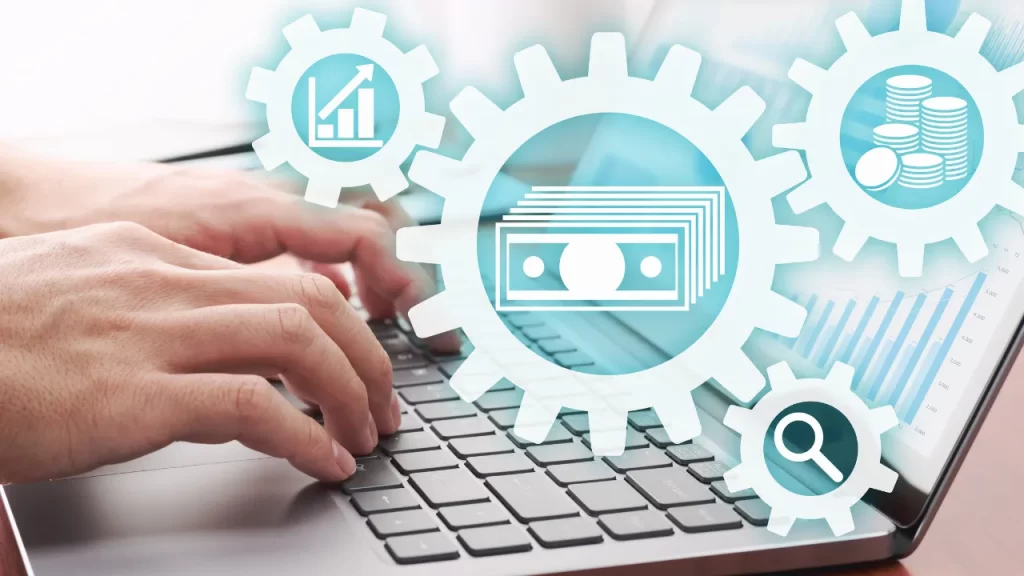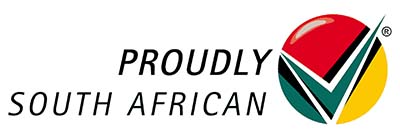In every business that relies on physical assets—from manufacturing equipment to IT hardware—asset maintenance management is essential.
Keeping assets in peak condition maximizes their lifespan, reduces unexpected breakdowns, and ultimately saves on operational costs.
This guide will cover best practices for managing asset maintenance effectively, ensuring that your assets are reliable, efficient, and fully optimized for your business’s needs.
What is Asset Maintenance Management?
Asset maintenance management is the process of regularly monitoring, repairing, and servicing physical assets to keep them operational and prevent unexpected failures. There are various types of maintenance approaches:
- Preventive Maintenance: Scheduled maintenance aimed at preventing asset failures before they occur.
- Predictive Maintenance: Maintenance based on real-time data that anticipates asset needs to avoid unexpected breakdowns.
- Corrective Maintenance: Maintenance that occurs after an asset has malfunctioned to restore it to working condition.
- Condition-Based Maintenance: Maintenance triggered by the condition of an asset rather than on a set schedule.
Each approach has unique advantages, but together, they provide a comprehensive strategy to ensure that assets remain productive and well-maintained.
Importance of Effective Maintenance Management
Proper maintenance management brings several benefits that directly impact business performance:
- Reducing Downtime: Preventive and predictive maintenance reduce the likelihood of unexpected asset failures, keeping operations running smoothly.
- Controlling Costs: By detecting and fixing issues early, businesses can save on costly repairs and replacements.
- Enhancing Asset Performance: Regular maintenance ensures that assets operate at their optimal efficiency, reducing energy consumption and improving productivity.
Best Practices for Asset Maintenance Management
a. Develop a Preventive Maintenance Plan
Preventive maintenance is a proactive approach to maintaining assets by performing routine checks and minor repairs to avoid major issues. Setting up a preventive maintenance plan involves:
- Creating a Maintenance Schedule: Define regular intervals for servicing each type of asset based on usage, age, and condition.
- Setting Clear Goals: Determine what each preventive task aims to achieve (e.g., reduce energy consumption, improve performance).
- Documenting Procedures: Standardize the tasks required during each maintenance check, so they’re carried out consistently.
For example, a manufacturing company might schedule monthly checks for its equipment to detect any signs of wear and tear. By catching issues early, the company minimizes the risk of costly breakdowns.
b. Use Predictive Maintenance for High-Value Assets
Predictive maintenance relies on data to forecast when an asset might need repairs, reducing downtime and optimizing resource use.
This approach is particularly valuable for high-value assets where failures could lead to significant operational losses.
- Data and Analytics: Collect and analyze data from sensors and monitoring tools to identify potential issues.
- IoT and AI Integration: Technologies like IoT sensors and AI-based analytics can provide real-time insights, allowing for highly accurate maintenance scheduling.
For example, a transportation company might use IoT sensors on its fleet to monitor vehicle performance and receive alerts if maintenance is needed. This helps avoid costly delays due to vehicle breakdowns.
c. Implement a Computerized Maintenance Management System (CMMS)
A CMMS is a software solution that centralizes maintenance tasks, schedules, and asset information.
CMMS software is essential for businesses managing large asset inventories, as it streamlines maintenance operations and boosts efficiency.
- Automation: Automate routine tasks, such as scheduling and tracking maintenance activities.
- Work Order Management: Manage work orders, track maintenance history, and ensure all necessary tasks are completed.
- Real-Time Updates: Keep asset data current, allowing teams to make informed decisions based on accurate information.
By using CMMS software, a company can keep all maintenance-related information in one place, ensuring that nothing falls through the cracks.
d. Establish Clear Maintenance Procedures and Protocols
Standard operating procedures (SOPs) for maintenance activities create consistency and ensure that all tasks are performed correctly. Protocols might include:
- Inspection Guidelines: Outline steps for asset inspections and what to look for in terms of wear, corrosion, or malfunctions.
- Repair Protocols: Standardize repair tasks, including approved parts, tools, and repair techniques.
- Documentation Requirements: Ensure that all maintenance activities are properly documented for auditing and tracking.
Having clear protocols helps prevent errors and ensures that assets receive the care they need to remain fully operational.
e. Conduct Regular Condition Assessments
Regular condition assessments involve evaluating an asset’s health to determine its maintenance needs.
Condition-based maintenance, triggered by assessments, ensures that resources are allocated efficiently and maintenance is done only when needed.
- Scheduled Inspections: Perform periodic assessments to detect any early signs of deterioration.
- Prioritizing Maintenance: Assign resources to the assets that need it most, ensuring high-priority assets receive attention promptly.
For example, in a facility with various types of machinery, condition assessments can help identify which equipment needs servicing sooner and which can continue running without issues.
f. Train Maintenance Personnel and Engage Employees
Your maintenance management efforts will only be as effective as the people carrying them out.
Training your maintenance team and engaging employees to report issues can greatly improve asset care.
- Technical Training: Ensure maintenance personnel are trained on the latest tools, equipment, and techniques.
- Routine Training: Regularly update training on maintenance policies and procedures to keep skills sharp.
- Encourage Reporting: Empower employees to report asset issues early, preventing small problems from becoming major failures.
Building a proactive culture where employees take responsibility for asset health improves overall maintenance outcomes and enhances team collaboration.
Common Challenges in Asset Maintenance Management
While best practices can significantly improve maintenance management, there are common challenges, such as:
- Lack of Planning: Insufficient maintenance planning can lead to rushed repairs or asset failures.
- Inconsistent Processes: Without standardized procedures, maintenance activities may vary in quality and thoroughness.
- Resource Constraints: Limited resources may restrict the ability to conduct regular maintenance.
Using technology, setting up preventive maintenance schedules, and standardizing processes can help address these issues and create a proactive maintenance culture.
Benefits of Implementing Maintenance Management Best Practices
By following these best practices, businesses can unlock several benefits, including:
- Lower Operational Costs: Regular maintenance reduces the need for expensive emergency repairs.
- Increased Asset Reliability: Properly maintained assets are less likely to experience unexpected breakdowns.
- Enhanced Compliance: Clear procedures and documentation help businesses stay compliant with regulatory standards.
- Data-Driven Decisions: CMMS and predictive maintenance systems provide valuable data insights, supporting better planning and resource allocation.
These benefits contribute to a more productive, efficient, and sustainable business by keeping assets in peak condition.
Conclusion
Effective asset maintenance management ensures that physical assets remain reliable, functional, and cost-effective over time.
By implementing preventive and predictive maintenance, using CMMS tools, and establishing clear protocols, businesses can enhance asset performance and reduce operational costs.
Start applying these best practices to improve asset longevity and support long-term growth.








